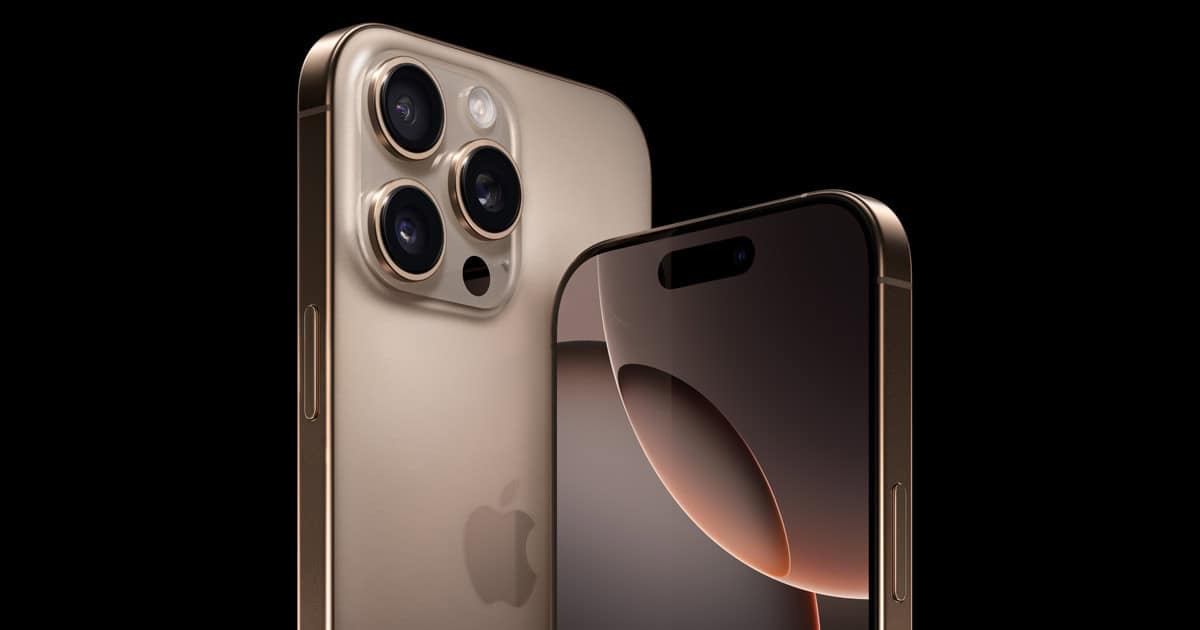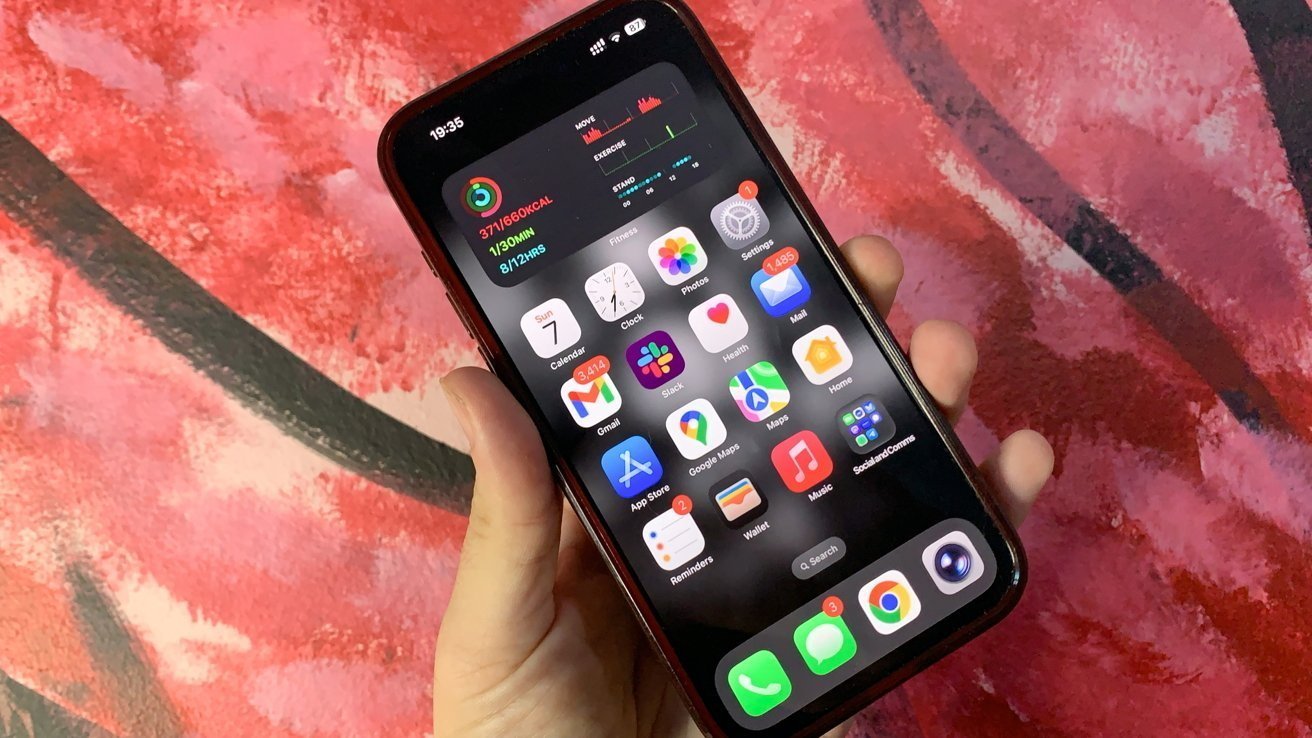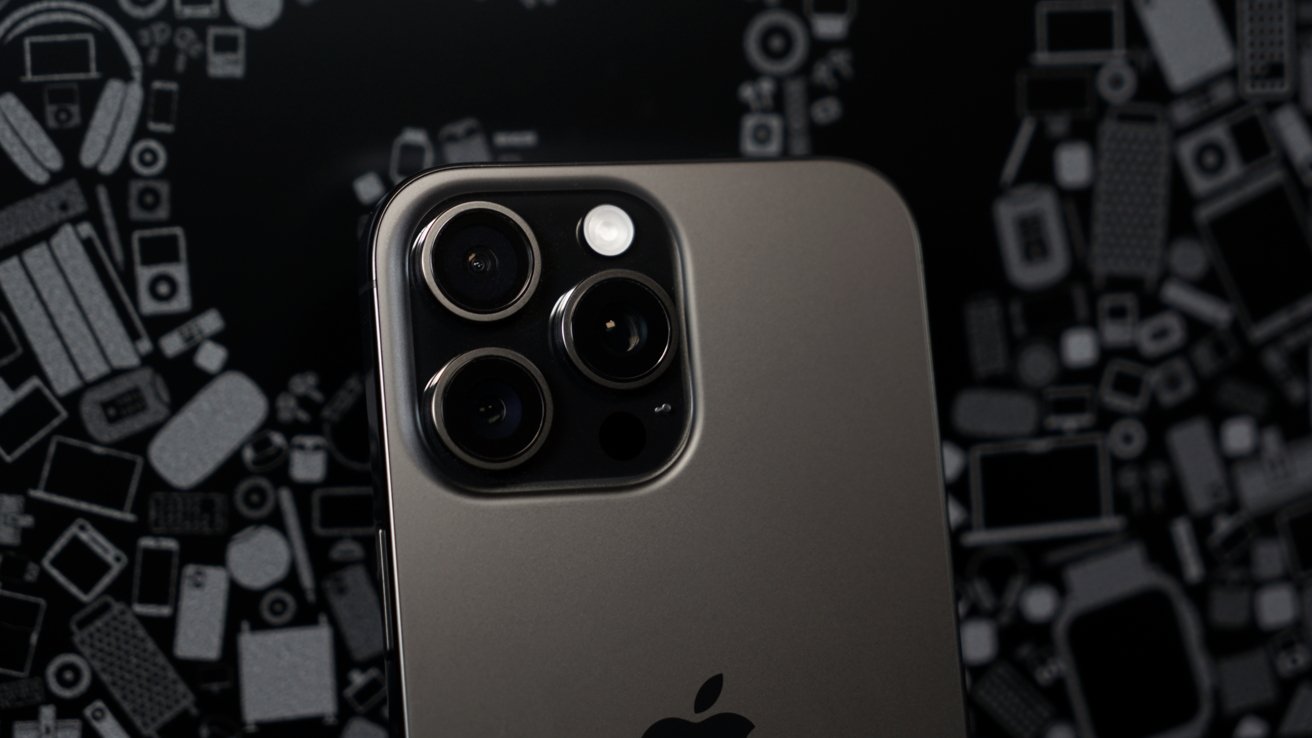In the first quarter of 2025, Apple’s iPhone sales data reveals a significant shift in consumer preferences within the United States. The latest figures from Consumer Intelligence Research Partners (CIRP) indicate a decline in the popularity of the iPhone 16 Pro models, with a concurrent rise in sales of the more affordable base iPhone 16 variants.
Decline in iPhone 16 Pro Sales
The combined sales of the iPhone 16 Pro and Pro Max accounted for 38% of U.S. iPhone sales in Q1 2025, a notable decrease from the 45% share held by the iPhone 15 Pro models during the same period in the previous year. While the iPhone 16 Pro Max maintained steady demand, the iPhone 16 Pro experienced a decline, capturing only 17% of sales compared to 22% for its predecessor.
Rise of the Base iPhone 16 Models
Conversely, the base iPhone 16 model saw an increase in popularity, accounting for 20% of total iPhone sales in the U.S. during the first quarter of 2025. This is a significant rise from the 14% share held by the iPhone 15 in the same quarter of the previous year. The iPhone 16 Plus maintained a consistent share, indicating that consumers are increasingly opting for the standard models over the premium Pro versions.
Introduction and Impact of the iPhone 16e
Apple’s introduction of the iPhone 16e, a more budget-friendly option, has also influenced the market dynamics. Despite being introduced partway through the quarter, the iPhone 16e accounted for 7% of U.S. iPhone sales, surpassing the initial performance of the iPhone SE in the same period the previous year. This suggests a growing consumer interest in more affordable iPhone options.
Strategic Implications for Apple
The combined sales of all five iPhone 16 models constituted 74% of U.S. sales in Q1 2025, up from 68% for the iPhone 15 lineup in the previous year. This growth is largely attributed to the addition of the iPhone 16e. Apple’s strategy to enhance the base iPhone 16 and introduce the 16e appears to be paying off, as consumers gravitate towards more accessible models. However, this shift raises questions about the future positioning and differentiation of the Pro models in Apple’s product lineup.
Consumer Behavior and Market Trends
Several factors may be contributing to this shift in consumer behavior. Economic considerations, such as budget constraints, are likely influencing buyers to opt for more affordable models. Additionally, the enhancements made to the base iPhone 16 models may have reduced the perceived value gap between the standard and Pro versions, leading consumers to choose the less expensive options without feeling they are sacrificing significant features or performance.
Future Outlook
As Apple continues to navigate these changing consumer preferences, it will be crucial for the company to reassess its product differentiation strategies. The potential cannibalization of Pro model sales by enhanced base models and the introduction of budget-friendly options like the iPhone 16e may prompt Apple to innovate further in its premium offerings to maintain their appeal. Whether Apple will introduce a follow-up iPhone 17e or extend the lifecycle of the 16e remains to be seen. What is evident is that U.S. consumers are increasingly favoring more accessible iPhone models, signaling a shift that Apple must strategically address in its future product planning.



